In India, Paytm has become synonymous with online payments. But it seems like the story isn’t the same anymore! Reason? Due to the Paytm Crisis!
What’s that?
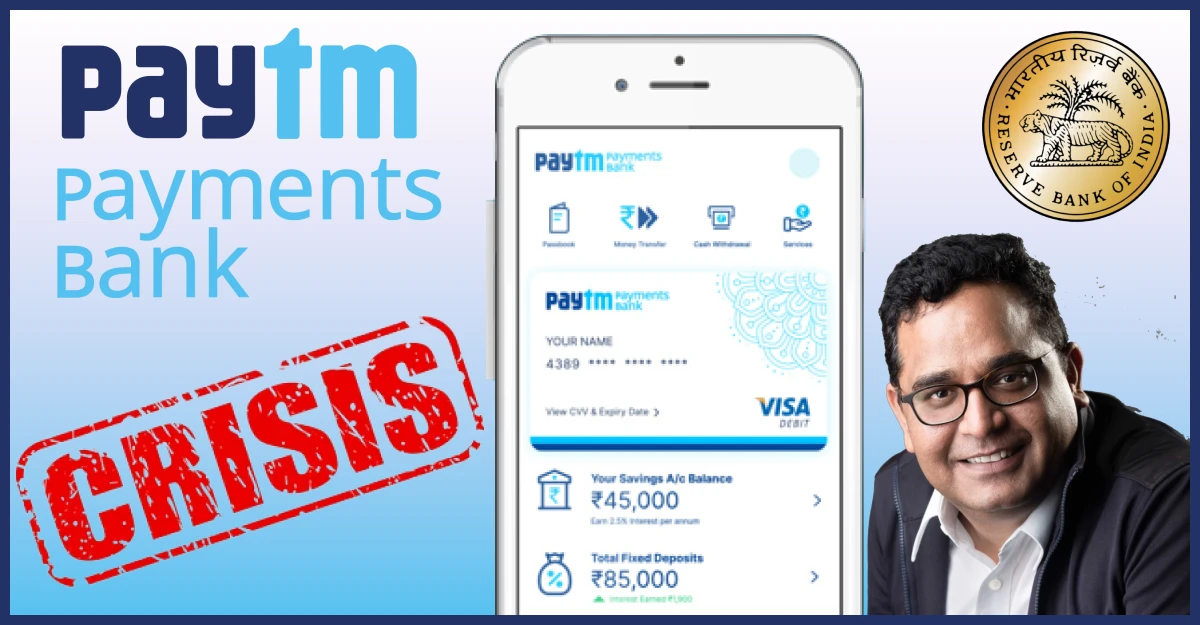
On 31st Jan, RBI posted a tweet, i.e. “Action against Paytm Payments Bank Ltd under Section 35A of the Banking Regulation Act, 1949.”
Now this is a matter of concern because as per the official website of Paytm Payments Bank, it has over 100 million KYC (Know Your Customer) verified accounts. Also, it has issued over 8 million FASTag units.
You see, from vendors, restaurants, and malls to your mobile phone, Paytm has established its presence. Will all the digital transactions be affected by this Paytm crisis? What is the future of Paytm after this crisis? Will it be able to recover itself? What’s the stand of Paytm on this? Your mind must be flooded with these queries.
So, in this write-up we will explain every single detail of the Paytm Crisis like what went wrong, what’s going to be the future of Paytm as well as its users, etc.
Stay tuned!
(A) Paytm Crisis: Story So Far
Let’s look at the synopsis of the Paytm crisis. So, the functioning of Paytm Payments Bank just took a wild turn. What does it mean? As you have already read in the introductory paragraph, the Reserve Bank of India (RBI) decided to drop the hammer on Paytm Payments Bank on January 31 amid the buzzing Paytm crisis.
Why? Well, it turns out Paytm was playing fast and loose with regulatory standards and compliance, making the RBI more than a little uncomfortable.
Where did this information come from? You may wonder. Well, it is like a secret source whispering in your ear – someone who knows the inside scoop but wants to stay incognito. This mysterious informant spilled the beans on how the RBI is seriously side-eyeing Paytm’s lack of commitment to transparency.
Serious stuff!
So, what did the RBI do? Here are actions taken by the RBI – major business restrictions were slapped on Paytm Payments Bank on January 31. No more fresh deposits, and no more credit transactions after February 29.
It’s like the RBI said, “Enough is enough!” But hold on, this isn’t the first slap for Paytm. Back in March 2022, the RBI had already given them a stern talking-to by stopping them from adding new customers.
The RBI’s move means Paytm Payments Bank can’t take any more deposits, deal with credit transactions, or even top-up customer accounts after February 29.
Paytm Wallet users, don’t worry, your existing balance is still safe & sound until it runs out. Just no more adding extra cash into the mix unless the RBI has a change of heart.
Why?
Because the RBI got wind of some shady business – money laundering and questionable dealings were happening behind the scenes.
Now, you might be wondering, why did the RBI pull out the big guns? Did Paytm break the law? Did they pull a fast one on the RBI guidelines? Well, the next section will uncover the details of the Paytm crisis.
(B) Reasons for Paytym Crisis: What Exactly Went Wrong?
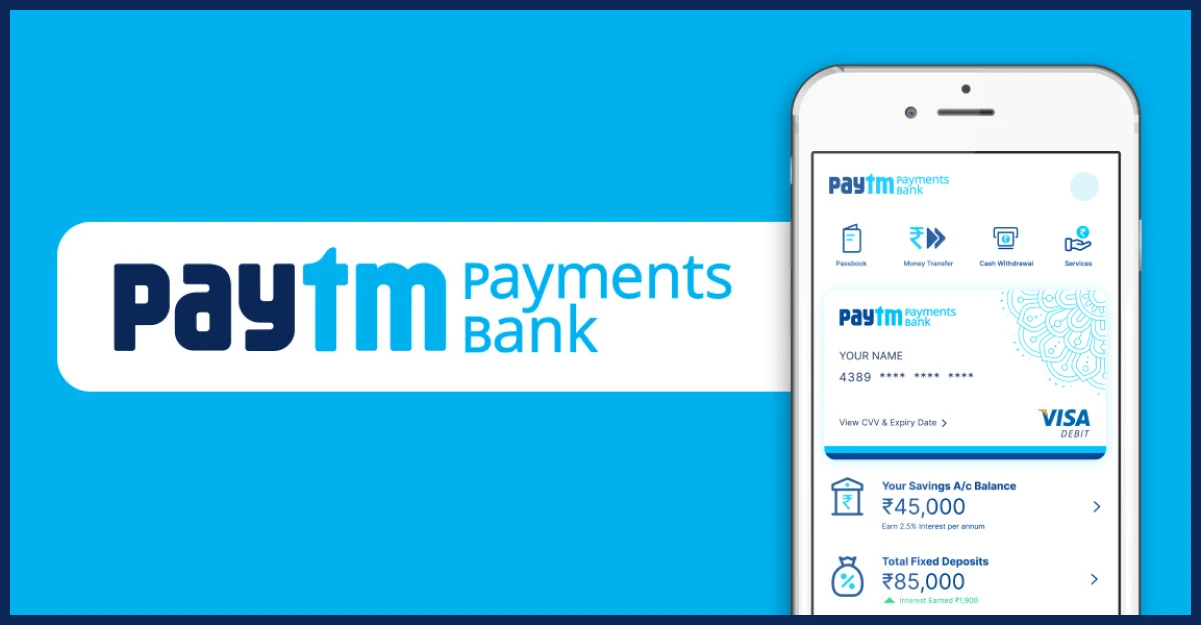
Let’s unravel the Paytm crisis with a closer look at what went wrong-
(B.1) False Confirmation on Flaw Rectification
So, here’s the scoop on what kickstarted the “Paytm crisis.” Paytm Payments Bank found itself in hot water with the RBI due to a major misstep – false confirmation on fixing identified flaws.
When the RBI uncovered KYC (Know Your Customer) violations in 2021, Paytm claimed they had rectified the issues, but it turns out they didn’t make the necessary changes. The consequence? Restrictions on adding new customers in March 2022.
(B.2) Same PAN, Many Customers: A KYC Nightmare
Hold onto your hats because there’s more to the saga of the Paytm crisis. Paytm Payments Bank played casually with KYC, linking a single PAN (Permanent Account Number) to hundreds of customers.
Means?
Well, the KYC procedures were skipped for a significant chunk of users, reaching into lakhs. The RBI’s investigation uncovered shocking cases where one PAN was linked to over 100 customers, sometimes even more than 1,000.
The transaction values involved crores of rupees, well beyond regulatory limits. Law Enforcement Authorities froze lakhs of accounts and wallets, citing their involvement in digital frauds.
(B.3) Promoter Group Clash: Mixing Businesses
As if that wasn’t enough, here’s another blunder that led to the Paytm crisis. Paytm Payments Bank got into a tangle with the RBI because their non-financial and financial businesses were tightly woven with the activities of the promoter group of companies. This was a direct violation of the conditions set by the RBI in granting the license to Paytm Payments Bank in 2017.
(B.4) Breaking the Limits: Accounts Limit Breached
But wait, there’s one more slip-up in this rollercoaster of errors. Paytm Payments Bank allowed some customers to stash away more than Rs.1 lakh in their accounts, breaking the regulator’s maximum limit.
To add fuel to the fire, they breached this rule within a year of starting operations in 2017, and the ceiling was further raised to Rs.2 lakh in 2021.
This move, which aims to cater to the under-banked and unbanked population, clashed with the original vision set during the tenure of former RBI governor Raghuram Rajan.
In a nutshell, this breakdown of events paints a vivid picture of the Paytm crisis – a tangled web of false confirmations, KYC nightmares, clashes with regulatory conditions, and breaching account limits.
(C) Navigating the Impact of the Paytm Crisis on You

As you dive into the aftermath of the “Paytm crisis,” the Reserve Bank of India (RBI) has issued some game-changing directives. The following points will give a deep dive into it-
(C.1) Halt on Deposits and Top-Ups: The Countdown Begins
Come January 31, the RBI dropped a bombshell – Paytm Payments Bank is in for a major shift. Starting February 29, the bank is barred from accepting deposits or facilitating top-ups for customer accounts, wallets, FASTags, and other instruments.
(C.2) Withdrawal and Utilization: What’s Still Possible
Don’t worry! The RBI is allowing customers to withdraw or utilize their balances without any restrictions. This includes various accounts – savings bank accounts, current accounts, prepaid instruments, FASTags, and even National Common Mobility Cards. You’re free to access and spend up to your available balance.
(C.3) Paytm Wallet Users: The Deadline Approaches
If you’re a Paytm Wallet user, the clock is ticking. Until February 29, you can continue with your usual transactions. However, once that date hits, you’ll be limited to using your existing balance until it’s all used up. Adding more funds to your account? That’s a no-go.
(C.4) Impact on PPBL Accounts and Linked Services
The ripple effect extends beyond just Paytm Wallets. Paytm Payments Bank Limited (PPBL) accounts, along with Paytm wallet-linked services like FASTag and National Common Mobility Cards for metro and public transport, all fall under the same rules.
In a nutshell, the Paytm crisis is ushering in a wave of changes. Get ready for a shift in how you manage your funds and transactions. The clock is ticking, so stay informed and be prepared for the adjustments coming your way!
(D) Unveiling the Aftermath: Consequences of the Paytm Crisis
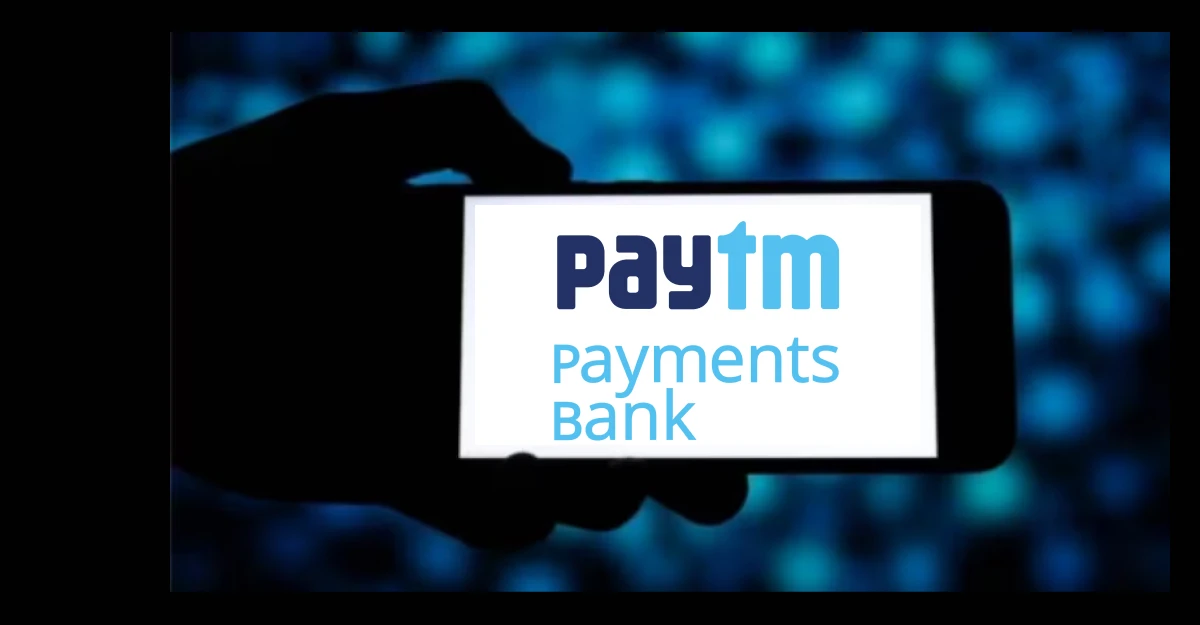
In this section, we will thoroughly delve into the consequences of the Paytm crisis-
(D.1) License in Jeopardy: RBI’s Serious Consideration
In the wake of the “Paytm crisis,” the Reserve Bank of India (RBI) is contemplating a significant move – the possible cancellation of Paytm Payments Bank’s operating license.
This thunderbolt might drop as soon as next month, but the RBI is keeping a watchful eye on safeguarding depositors before making a final call. Bear in mind, though, that Paytm has the opportunity to present its case, potentially influencing the outcome.
(D.2) Share Markets in Turmoil: Paytm’s Plummet
The repercussions of the RBI’s actions are already making waves in the financial world. Paytm’s shares took a nosedive on the stock markets, hitting lower circuits for two consecutive days. On February 2, the shares closed at Rs.487.20 each, marking a staggering 20% drop from the previous day’s close.
(D.3) Market Capitalization Meltdown: One97 Communications Hit Hard
If you’re tracking the numbers, here’s the shocker – One97 Communications, the parent company of Paytm, witnessed a significant blow to its market capitalization. On Friday, the market cap stood at Rs.30,941 crore, a stark decline from the lofty Rs.1.4 lakh crore it boasted at the time of its IPO.
The “Paytm crisis” is undeniably leaving its mark on the financial landscape.
Thus, the RBI’s contemplation of revoking Paytm Payments Bank’s permit has sent shockwaves through the markets, with shares plummeting and market capitalization taking a hit.
(E) What lies ahead of the Paytm Crisis?
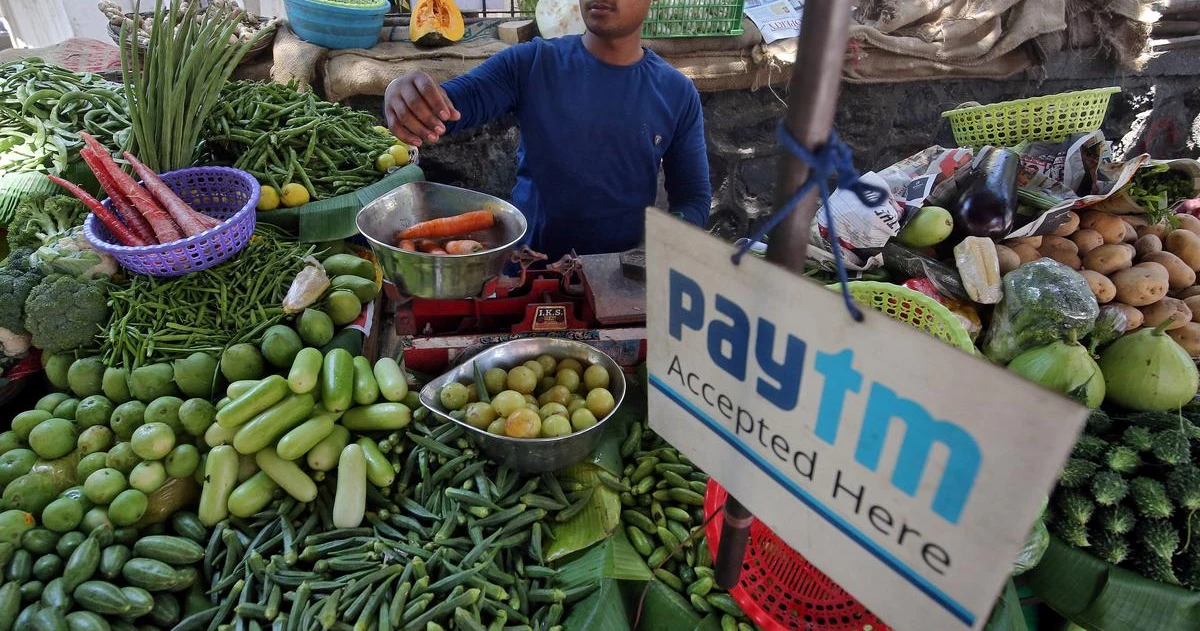
What’s the future of Paytm amid the crisis? You may wonder. Look at the following points and you will get to know-
(E.1) Exploring Alternatives: User Choices in the Wake of Changes
As the “Paytm crisis” unfolds, you might be wondering about your options. Paytm acknowledges that users can explore other wallets and FASTag services offered by alternative vendors.
However, they’ve not given up yet. Paytm Payments Bank (PPBL) is in discussions with the RBI, aiming to find common ground and continue business operations.
Business Continuity: Separating Financial Services from PPBL
Amidst the storm, Paytm is keen to clarify that its financial services – spanning loan distribution, insurance distribution, and equity broking – are distinct entities and are anticipated to remain unaffected by the PPBL predicament. So, if you’re using these services, there’s no need to hit the panic button just yet.
Note: Apart from Paytm, Indians massively use PhonePe too! Now who is the winner in Paytm vs PhonePe? We have already covered this concept thoroughly here- “Paytm vs PhonePe: Who is the winner?” Go through this article and you will get the answer.
(E.2) Uninterrupted Merchant Services: QR, Soundbox, and Card Machine
Good news for merchants! Paytm reassures that its offline merchant payment network offerings, including Paytm QR, Paytm Soundbox, and Paytm Card Machine, will continue without a hitch. This means existing offline merchants can carry on with their transactions, and Paytm is all set to onboard new offline merchants as usual.
(E.3) Financial Impact: Crunching the Numbers
The “Paytm crisis” is not without its financial repercussions. Paytm estimates an impact of ₹300-500 crore on its annual operational profit. As the dust settles, it remains to be seen how this financial hit will play out in the broader scheme of things.
In other words, while alternative options are on the table for users, Paytm is actively engaging with the RBI for a way forward. Financial services remain detached from the PPBL saga, and offline merchant services continue business as usual. The financial impact is real, but Paytm is navigating these challenges with resilience.
(F) Summing up the Paytm Crisis & Future Prospects

In conclusion, the unraveling of the Paytm crisis exposed a series of missteps, from false compliance claims to conflicts with regulatory conditions. The RBI’s contemplation of revoking Paytm Payments Bank’s license sends shockwaves through markets, impacting shares and market capitalization.
Despite the turbulence, Paytm is in discussions with the RBI for a potential resolution. Users have alternative options, while services like financial offerings and merchant solutions remain resilient. The financial toll is estimated at ₹300-500 crore annually.
As the saga continues, the path forward for Paytm involves navigating challenges, seeking compliance, and adapting to ensure a stable future amid uncertainties. In the coming days, we will see how Paytm fights to weather the storm!

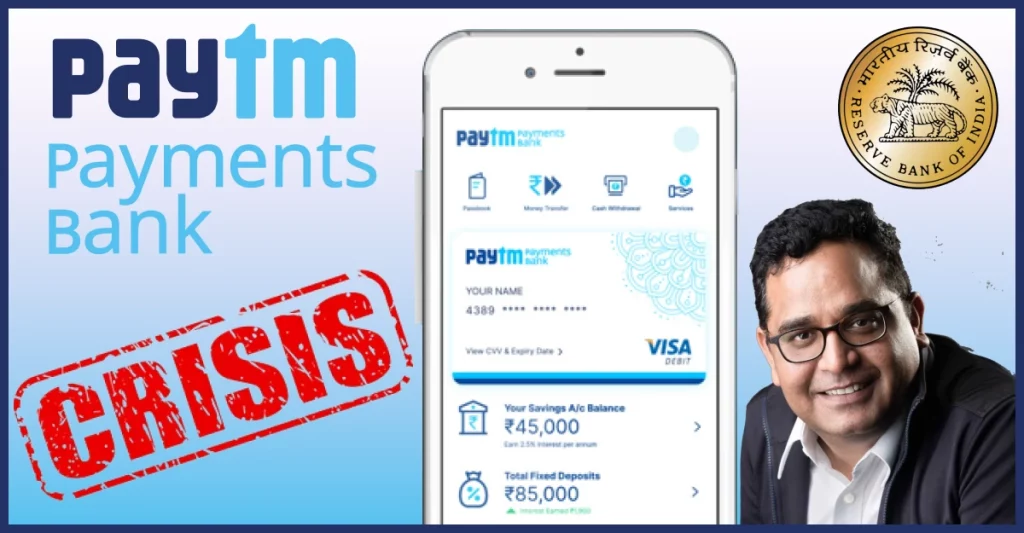
Finally, some one explained the Root Cause Analysis on the situation. Thanks to the writer and editor and all people efforts into making it quick to understand and in-depth analysis.
Keep It Up !!!